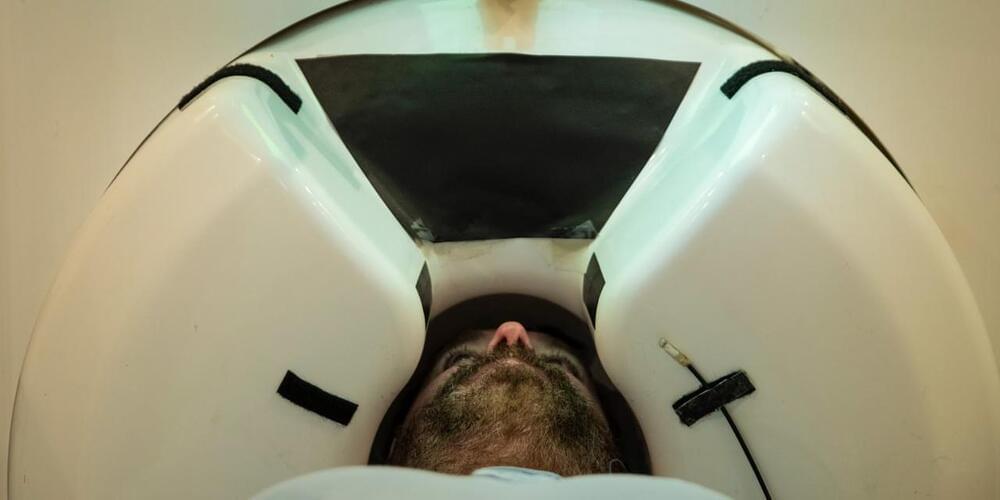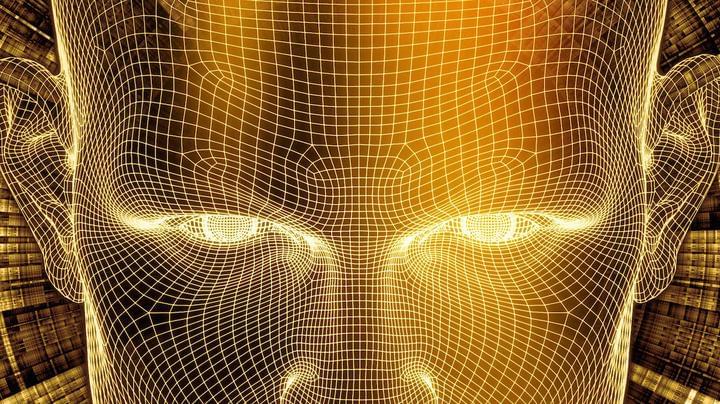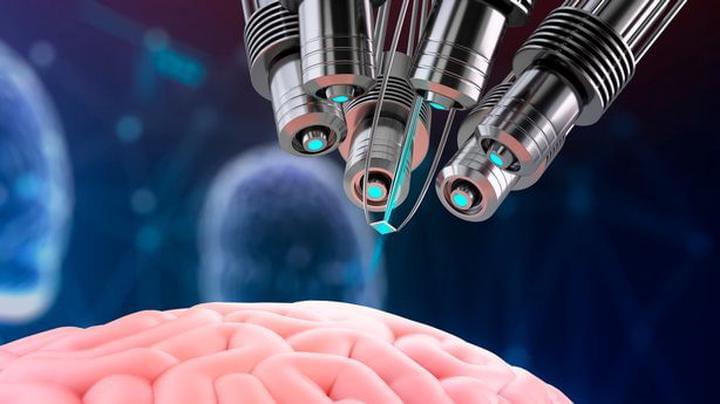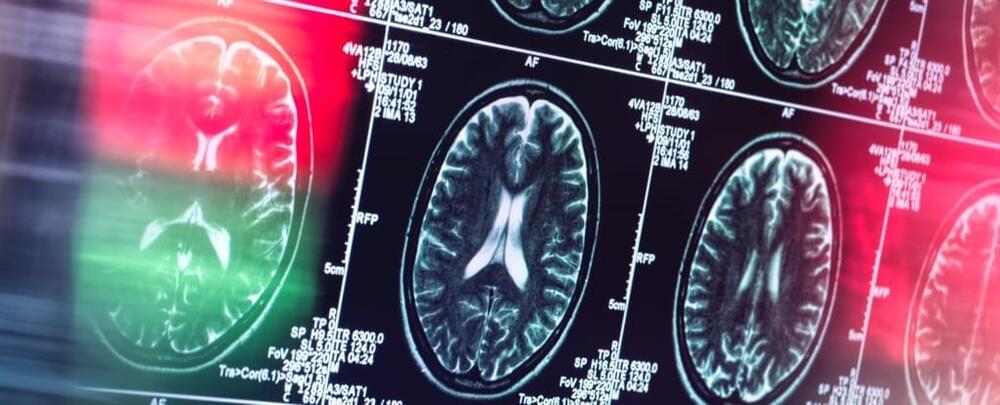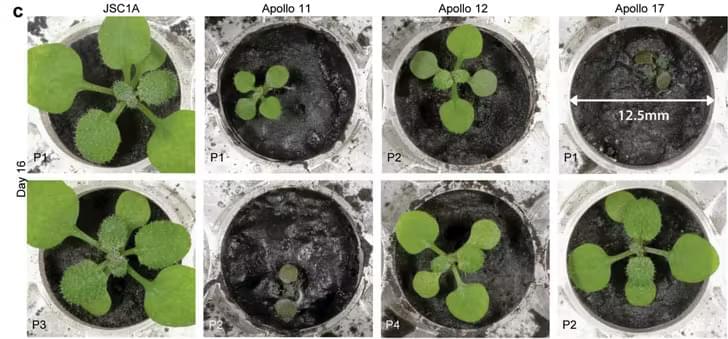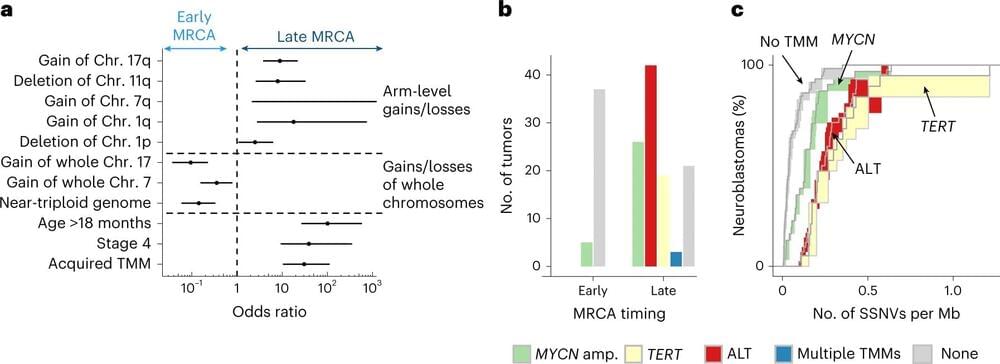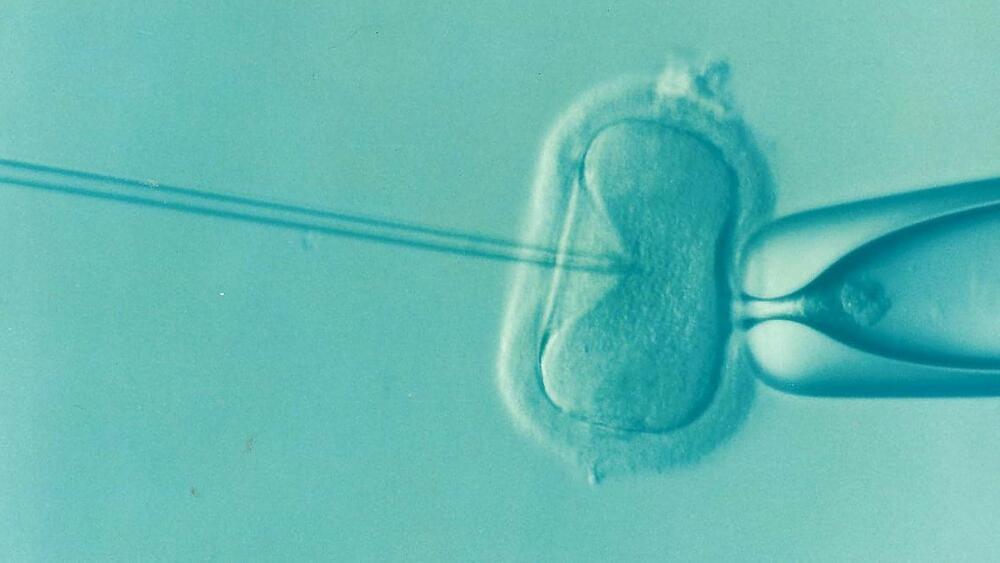The world has been learning an awful lot about artificial intelligence lately, thanks to the arrival of eerily human-like chatbots.
Less noticed, but just as important: Researchers are learning a great deal about us – with the help of AI.
AI is helping scientists decode how neurons in our brains communicate, and explore the nature of cognition. This new research could one day lead to humans connecting with computers merely by thinking–as opposed to typing or voice commands. But there is a long way to go before such visions become reality.
